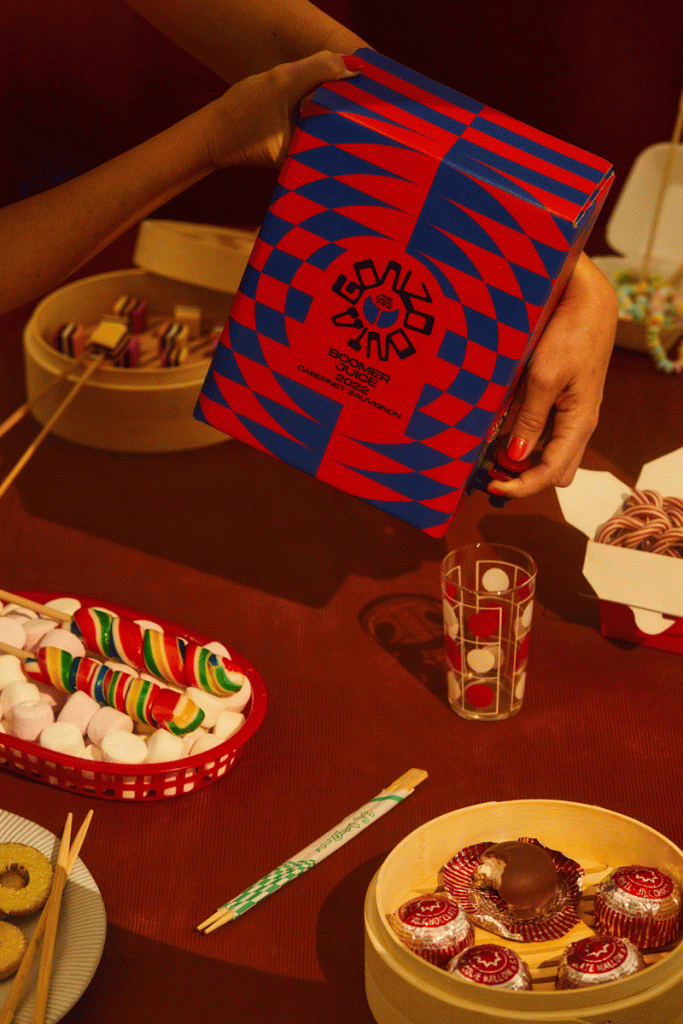Cask wine for many of us will evoke memories of our parents’ wine choices, often a big box of generic liquid, stashed away in the pantry or the back of the fridge. Its history is a fairly recent one, when one considers the entire timeline of wine, being more than 8,000 years, and the invention of cask wine coming midway through the last century.

Unfortunately for many producers of cask wine today, their efforts to provide the consumer with high-quality wine in said packaging, is marred by a short history, and a reputation of cheap and nasty bulk wine, made for those that favour quantity over quality. But does it need to be this way? Gonzo Vino has been on a mission since 2018 to bring high-quality, premium, and boutique wines in alternative packaging, specifically casks, and bag-in-box, to help the consumer realise that this packaging style is the best choice for most consumers worldwide.
Let’s break down the why.
Cask wine represents a great value proposition for the home consumer. The most common size for cask wine is 2 litres, which is equivalent to 2.6 standard 750ml bottles. This means that the producers are spending less money on packaging, storage, and freight; all costs that aren’t being passed on to the final consumer, equalling much better value. The difficulty lies in selling high-quality and premium wine in cask, from reputable vineyard regions and producers, when the reputation is one of low-quality wine from historically bulk wine-producing regions like Southeast Victoria, Mudgee, Orange, Murray Darling, and Riverland.
Further to the benefits of cost savings for both the winery and the consumer, we also see greater longevity and freshness once the wines are opened. Gonzo Vino produces 3-litre casks, holding the equivalent of 4 standard 750ml bottles of wine. This comes across as a bit of sticker shock and the inevitable question, “How long does it stay fresh”, or “How long do I have to drink it, before it goes off?”. Their faces always display surprise when I say that you can get an easy 6 weeks of freshness from the wines, and in some cases, such as our more robust red wines like the Splishy Splashy Tinta Barocca, or the Schism Petit Verdot, 8 weeks of freshness is not uncommon. Providing the consumer with high-quality wine, that doesn’t go bad in a few days, means giving them access to a single glass of wine after work on a Monday, without having to open a whole bottle.
Counterintuitively, I also hear feedback that because wine is available all the time at home, the volume of wine consumed daily actually goes down, not up.
For those consumers who watch their environmental impacts closely, or those who are looking to make changes to their daily choices, cask wine, and bag-in-box packaging in general, represent the most environmentally conscious choice on the market today. This statement often causes quite a stir and skepticism, mostly due to the presence of plastic in the liner of the box. And yes, one would be correct to jump to the conclusion that plastic in any form equals bad, and the glass alternative is automatically the better choice. After all, glass is infinitely recyclable, and plastics are derived from fossil fuels, however, when the entire production cycle, the global chain of logistics, and end of life, it turns out that glass wine bottles represent the worst environmental choice for wine, and cask wine comes out on top. When we break down the beginning of life, energy used on producing the packaging, the weight and economies when shipping, storing, and filling, we see cask wine not only come out on top but stand head and shoulders above the others. TetrakPak™ comes in second place, aluminium cans third, and glass bottles a very distant last. But what about recycling, I hear you cry. Yes, glass is infinitely recyclable, but the real question should be “Is it recycled?”, and unfortunately in most cases, the answer is no. On the other side of the coin are major developments in soft plastics recycling, such as Recycle Smart on the east coast of Australia, who offer free kerbside collections of soft plastics, and finding avenues for them to be used in recycled products.
As a small producer, we don’t often get the support of large wine retailers around the country, and when we do, they want their pound of flesh. The largest, Dan Murphy’s, rejected a recent proposition by Gonzo Vino to explore options of putting some of our the wine on major retail shelves. This makes it hard for us to penetrate the major markets. Similarly, Coles Liquor, Duncan’s, BWS, and many other major retailers have been slow to act when faced with high-end boutique cask wine offered to them. I think they must see the category as unsustainable when they already offer 5L of cask wine for $25. Why would a customer choose a 3L cask for $66? Fair question, however, it misses the point of offering small-batch, non-industrialised wine with all the benefits mentioned above. Anecdotally, customers of Gonzo Vino have been asking us where they can buy it in their suburbs, or their local Dan Murphy’s, and to this I have to say that they need to look in their local boutique bottle shops or buy directly from us online.
Our journey into cask wine began in 2017 and has grown slowly into a release of 13 wines in cask, two wines in a can, and a limited range in 30L kegs for bars and restaurants. We favour making wines from international varieties, specifically Fiano, Vermentino, Tinta Barocca, Sagrantino, Nero d’Avola, Mourvedre etc. This gives our customers something unique and fun to explore, getting them out of their comfort zone, usually varieties like Shiraz, cabernet, Sauvignon Blanc or even Pinot Gris and Grigio.
We encourage our customers to try something new, explore, and ask questions about our range of fun, unique and interesting wines.

